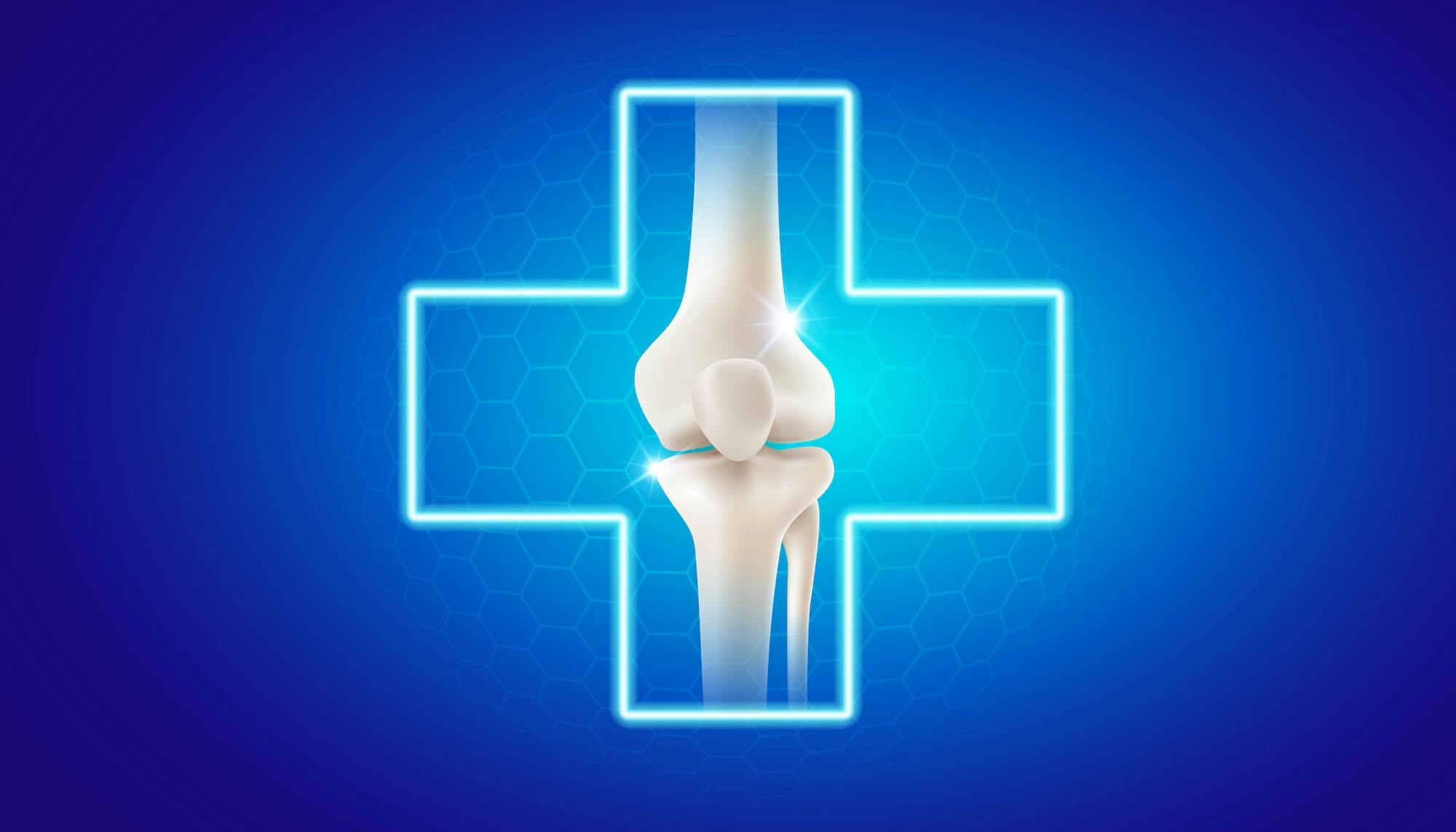- Blog
Treating Thumb Arthritis
Posted on 04-17-2025 in Hand by Dr. Steven Kronlage

Posted on 04-17-2025 in Hand by Dr. Steven Kronlage
Thumb arthritis is degeneration of the joint at the base of the thumb metacarpal. It usually is the trapezium/metacarpal joint (TMC) but can be the joint below as well. This is where the thumb meets the wrist. It is much more common in women and can be related to loose ligaments.
When bracing and steroid injections no longer help, surgical treatment can be very successful. The patient makes the decision to operate. The trapezium is removed, and a tendon is usually placed in the space that once held the trapezium. The deformity is usually corrected at the time of surgery. If a patient has a significant “Z” deformity, they may require a fusion or a stabilization of the joint above is required.
After surgery, patients are seen every two weeks. They will usually go through a progression of smaller splints and increasing range of motion. At six weeks, normal activities are allowed. Grip strength can take longer to return to normal. Supervised hand therapy may be required for optimal function. Decisions on hand therapy are made postoperatively based on how well the hand and wrist are moving.
Visit Thumb Arthritis for additional information, including symptoms and diagnosis details.

March is National Nutrition Month®, and as part of the conversation, the North Florida Bone & Joint team wants to emphasize the impact diet can have on your bone health. Before diving in, it's essential to understand the role the skeleton plays in your body. Specifically, the skeleton—and the bones its comprised of—serve the following functions:

At North Florida Bone & Joint Specialists, we’re committed to delivering convenient, expert care throughout the Gulf Coast. As part of that commitment, we’re excited to announce the expansion of our clinical office footprint. In March, we opened two new locations in Milton and Navarre, FL, further enhancing our ability to serve patients across Northwest Florida.

Valentine’s Day is all about love—so why not show your joints some love, too? Whether you’re an athlete, an active adult, or simply looking to maintain mobility as you age, taking care of your joints is essential for long-term health and well-being. At North Florida Bone & Joint Specialists, we believe that self-care isn’t just about relaxation—it’s about making intentional choices to keep your body strong, pain-free, and resilient. Here are four self-care tips to keep your joints healthy and moving with ease: